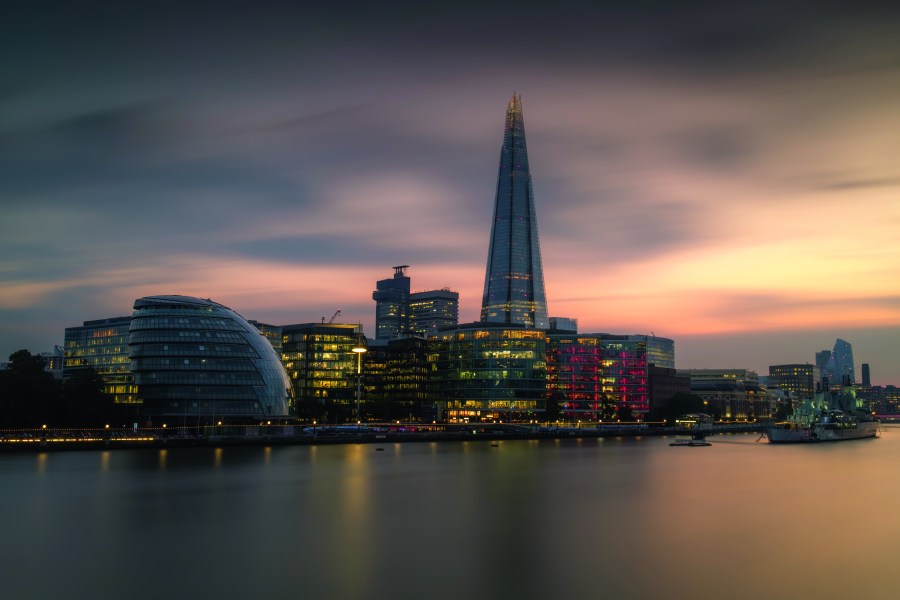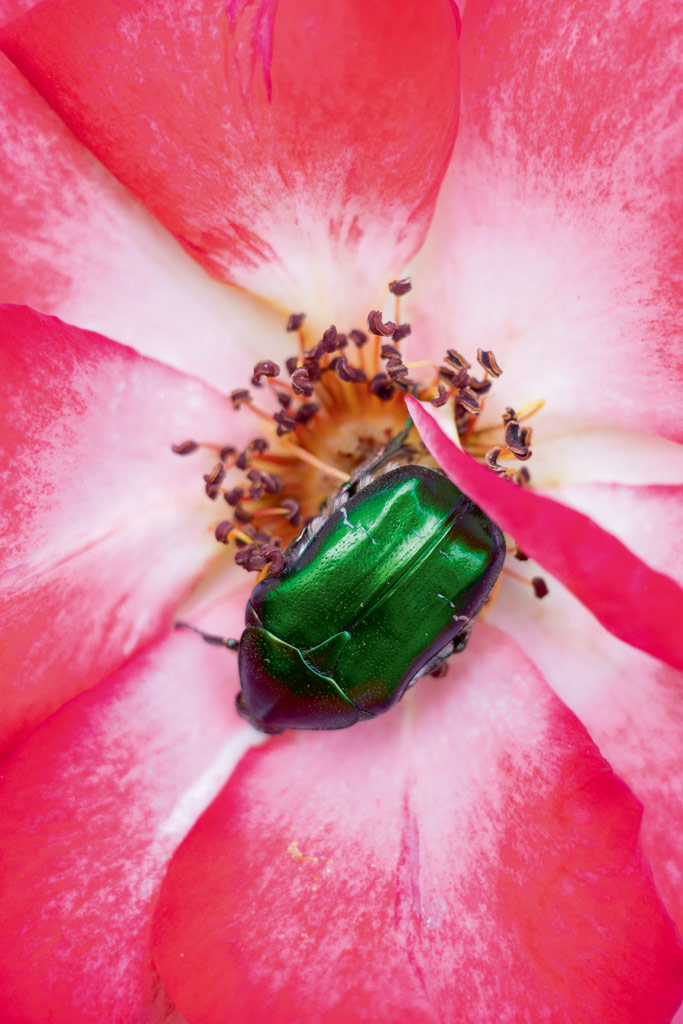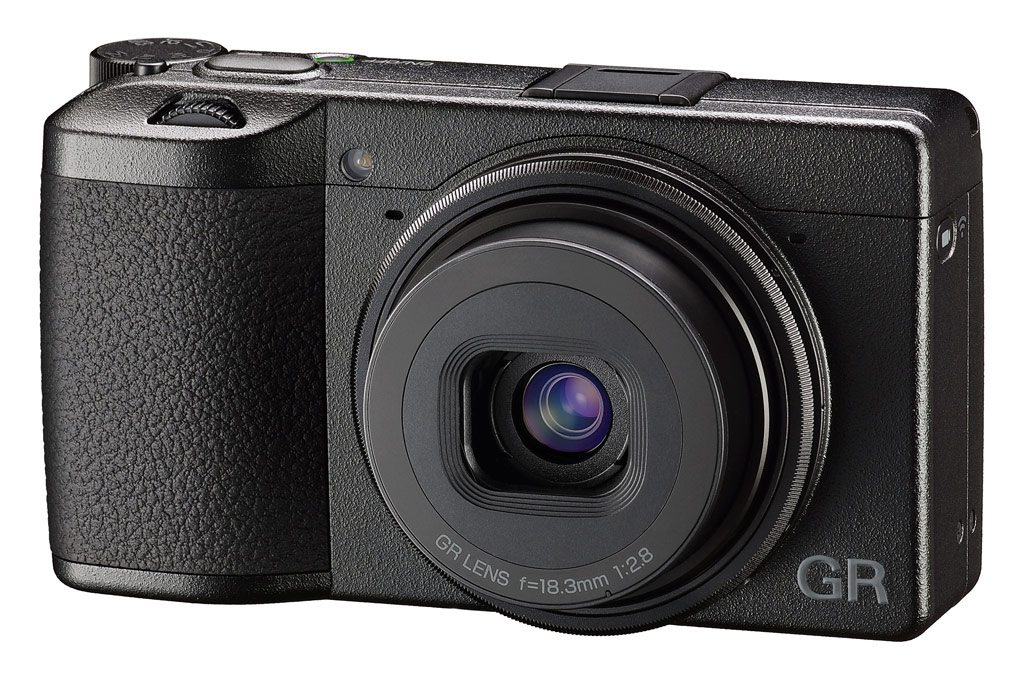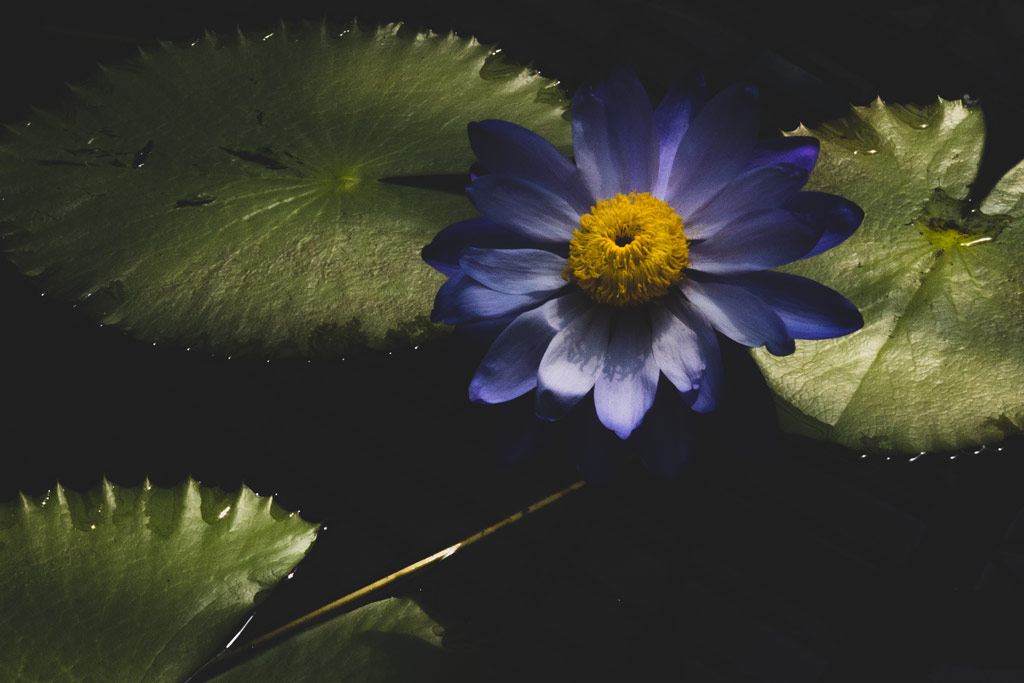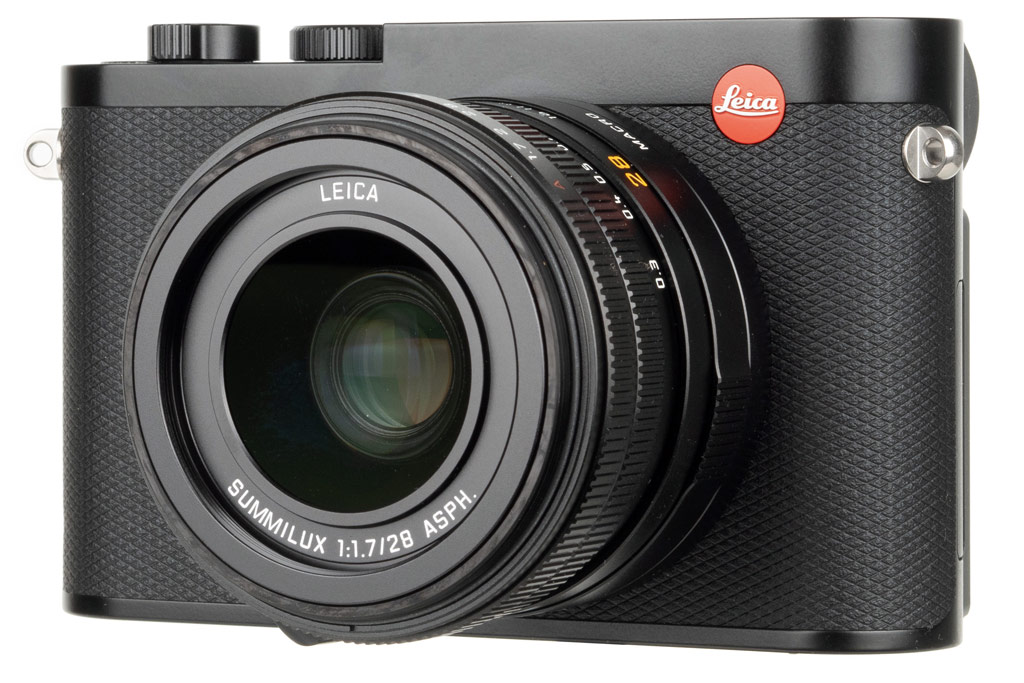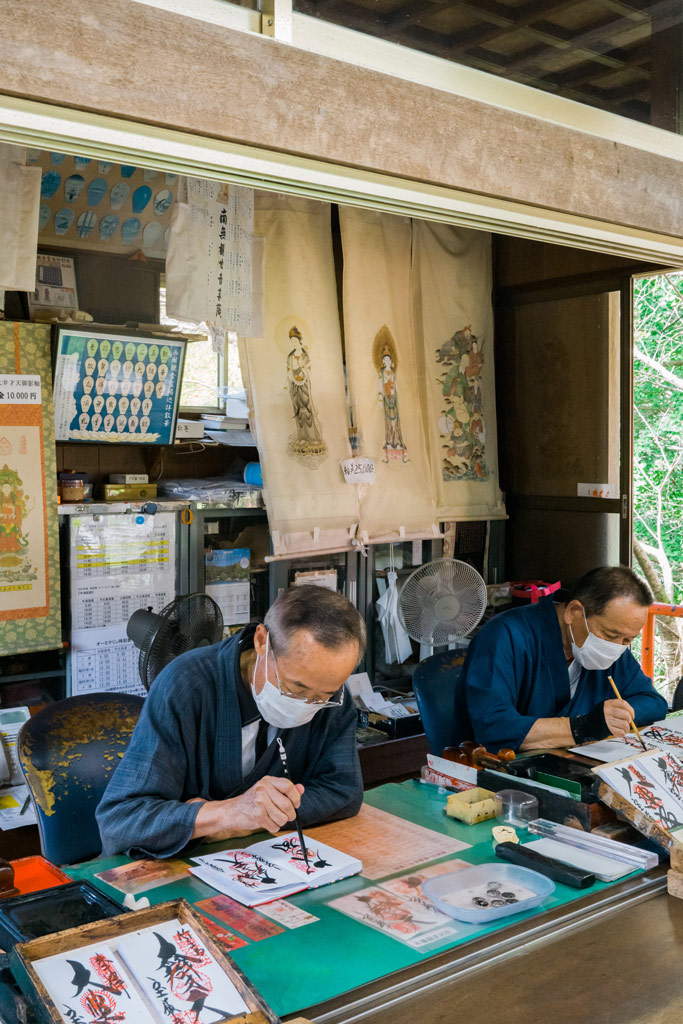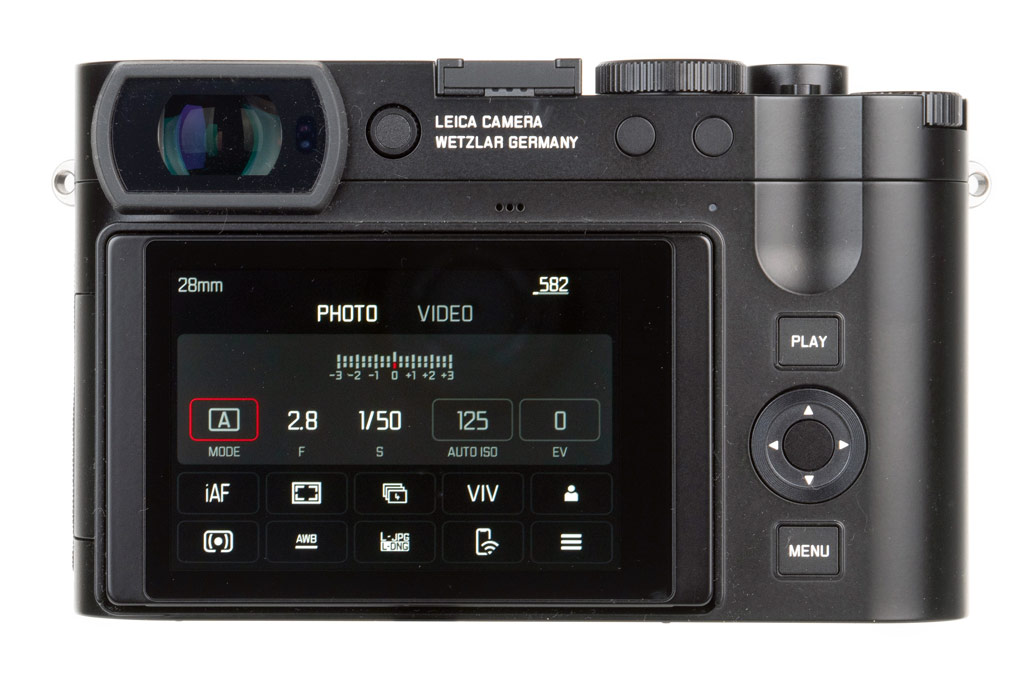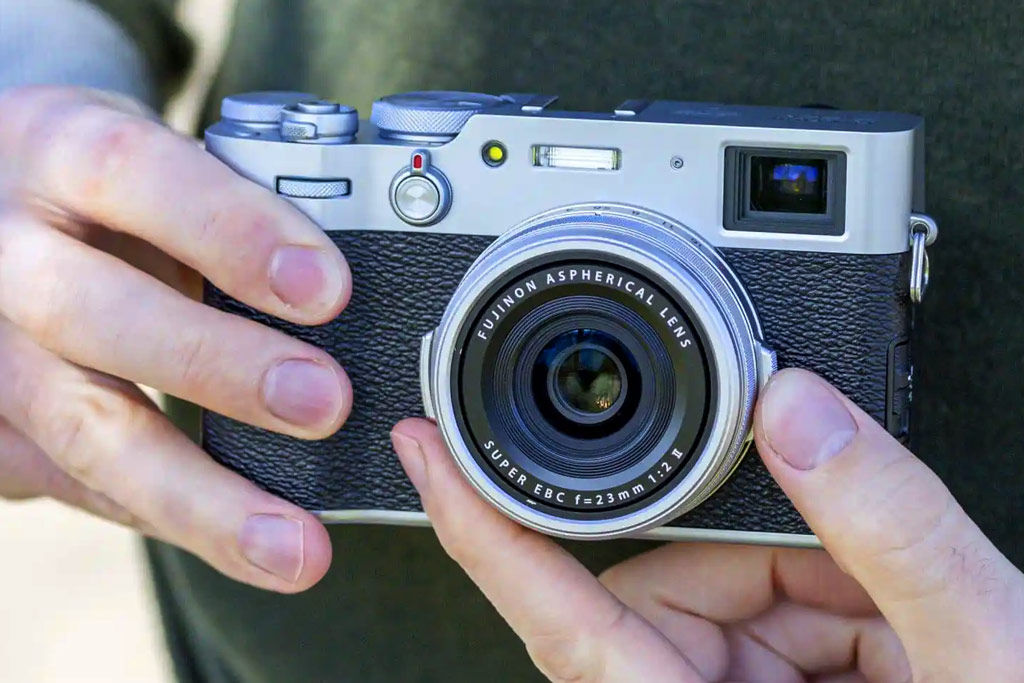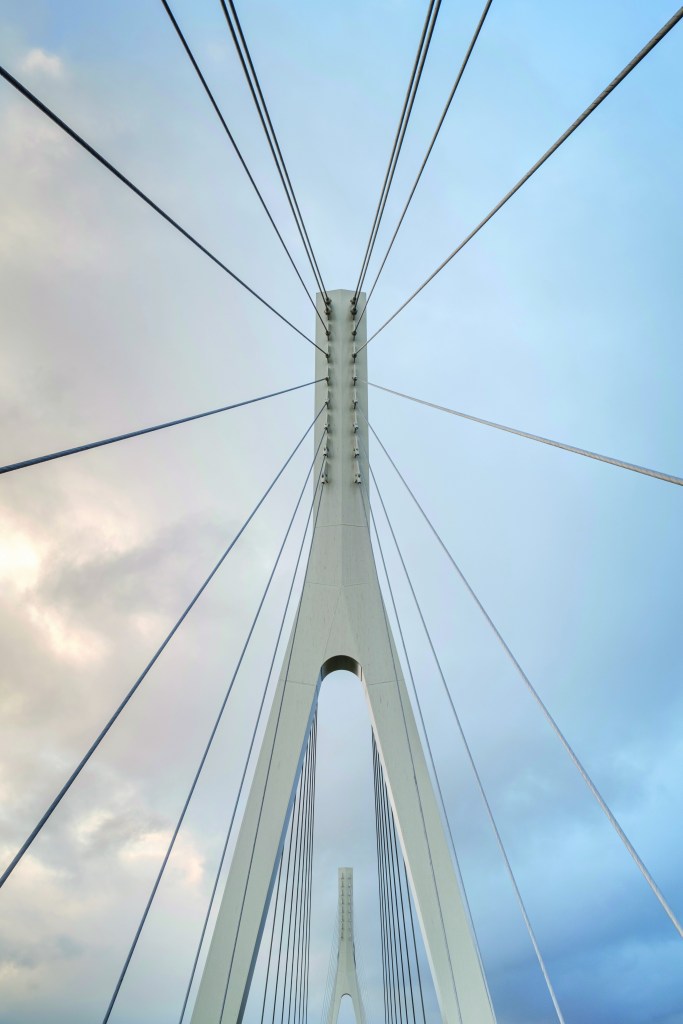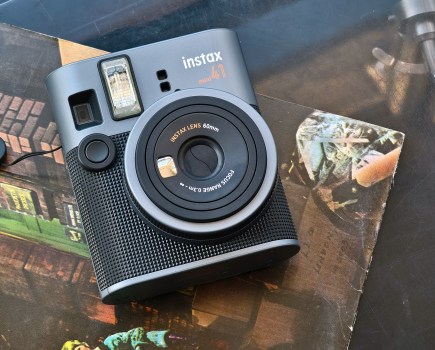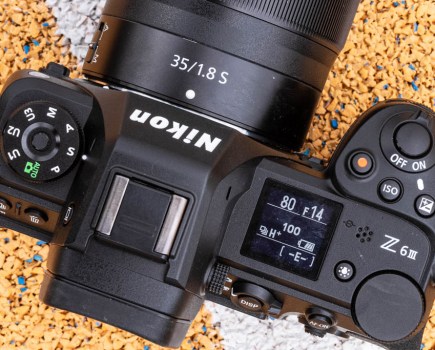Premium compacts are professional-level cameras that are typically used for street photography, yet can be used to shoot a much wider range of subjects than you might expect. We speak to photographers who use the limitations of their cameras as a catalyst for creativity and a sense of liberation…
Ricoh GR III – Annalaura Pretaroli
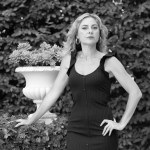 Annalaura Pretaroli is an Italian photographer who began shooting photos of her Barbie dolls at the age of ten using disposable cameras that came free with washing powder, and so her photographic journey blossomed. www.annalaurapretaroli.com Instagram @annalaurapretaroli
Annalaura Pretaroli is an Italian photographer who began shooting photos of her Barbie dolls at the age of ten using disposable cameras that came free with washing powder, and so her photographic journey blossomed. www.annalaurapretaroli.com Instagram @annalaurapretaroli
Premium compact cameras are best known for street and travel photography, which makes sense considering their small size and excellent image quality. But they’re much more versatile than they’re often given credit for, and Annalaura Pretaroli’s flower photography is a stunning example of how she uses her Ricoh GR III in a highly effective way that belies expectations. Her flower photography takes full advantage of the features and functionality that are provided by this tiny camera.

Rosa Eclettica, Ricoh GR III, 18.3mm, 1/500sec at f/8, ISO 400. Image: Annalaura Pretaroli
Flower and macro photography are most commonly associated with interchangeable-lens cameras sporting a macro lens alongside the use of accessories such as macro focus rails for precise manual focusing. But the GR III, which is the smallest premium compact camera available with an APS-C sensor, has some stellar close-up functionality; when set to Normal Mode, the minimum focusing distance is just 0.1m to infinity, which is reduced to an incredible 6mm to 1.2cm in Macro Mode. So not only is it small and convenient for Annalaura to carry around in her handbag, it also provides the capabilities she needs to capture macro images alongside wider flower shots.
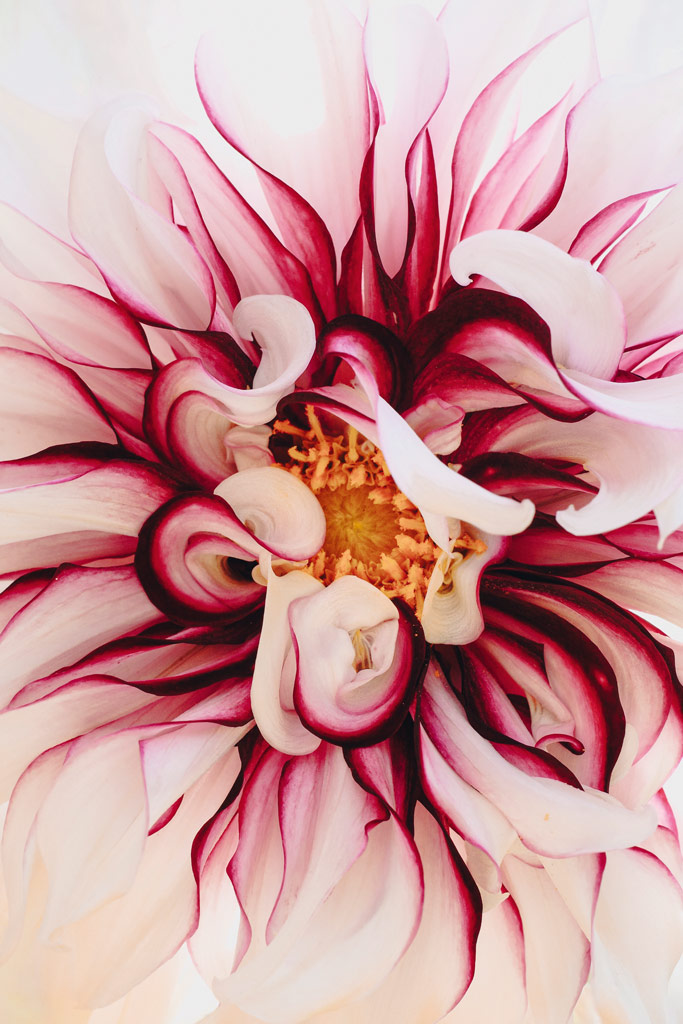
Dahlia Candy, Ricoh GR III, 18.3mm, 1/100sec at f/8, ISO 400. Image: Annalaura Pretaroli
Annalaura explains, ‘I like the fact that it fits in my pocket and can be carried everywhere without hassle. It’s a little camera that performs well for its dimensions, making it practical alongside being lightweight.’ She continues, ‘I chose the Ricoh GR III after testing the macro function in low light; the autofocus was much faster than I expected, and even at a very close-up range, the images came out sharp considering the slow shutter I had used.’ She mainly uses her GR III for capturing nature shots, which is a subject she became passionate about when she lived close to the Royal Botanic Gardens, Kew.
While flowers and nature are Annalaura’s core subject area, she also shoots architecture and portraits with her GR III. She explains that she prefers, ‘50mm for flowers and 35mm for wider scenes. The 28mm equivalent focal length of the GR III works best for architecture, but for everything else, I can shoot wider and crop in when editing, although I don’t tend to crop much. Anything more than a 10-15% cropping means my photo was not framed properly to start with.’
Even if the 28mm focal length of the GR III presents Annalaura with a challenge, it certainly doesn’t reveal itself in her images and she eloquently describes how she feels about working with a fixed focal length. ‘For me, the creative process lies within the gap between the vision in our mind and the image we’re able to produce. I don’t see fixed lenses as a limitation, but more of a rule that trains my mind to think in terms of the crops I have available, and this probably helps to ground my creativity; I might otherwise be running so far and so free to the point of total abstraction, with no concrete result, just fantasy.’
So, with her creative feet firmly on the ground and responding to this small limitation, she explores creativity in her use of light which ranges from bright and bold to more mysterious and subdued, with the latter being her preferred approach. ‘I tend to shoot images that are slightly underexposed because when I studied at Central Saint Martins, I was taught that a dark image can contain more information than a bright one and that it’s possible to make a dark image lighter, but not necessarily the opposite, especially if highlights have been blown.’
To further enhance her control and use of light, Annalaura uses a Godox flashgun that’s small enough to fit in her handbag alongside her camera. And to get the best results from this diminutive yet useful accessory, she uses wireless triggers to use the flash off-camera for more creative control than if the flashgun was mounted on the hotshoe. Pleased with the versatility of the GR III, Annalaura exclaims, ‘Technically, this camera can even be used for studio photography.’

At the end of her creative process, Annalaura edits her images in Lightroom and Photoshop where she typically cleans up flower petals and removes debris using cloning and Healing Tools alongside boosting brightness and deepening shadows where necessary. But with the shadows, it’s not just a case of darkening, she describes her process as making the shadows ‘more opaque’; and looking at the result it appears that she has applied the matt effect, or a version of it, where shadows are lifted in such a way that contrast is reduced to create a more analogue look in the darker tones of an image, which looks fantastic for darker flower shots.
Annalaura’s top tips for premium compacts
Use the camera’s rear LCD to compose your shots and train your eye to see the world similarly to the way your camera does. This will help you to frame your shots successfully and then choose the best settings to realise your vision.
Experiment: by changing your viewpoint, subject distance and angle. The GR III is so small and light that it makes moving around incredibly quick and easy.
Review: Take time to review your images before moving on to the next shot. If you’re not happy change the camera settings, adjust the composition or rearrange the subject, and keep shooting until you’re happy with the result.
Batteries: Always carry extra batteries so you never run out of power when you need it most. Premium compact camera batteries are so small that you’ll hardly even notice that you’re carrying spares with you.
Camera case: Always protect your camera with a case when it’s not in use. I carry my GR III almost everywhere, so I use the original leather case which I can carry safely in my handbag where the camera is always to hand when I need it.
Read our full Ricoh GR III review
Leica Q3 – Geoff Harris
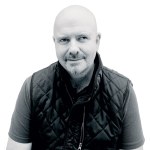
Geoff Harris, as you know, is AP’s very own Deputy Editor and has been working on magazines since 1995. As a keen travel and portrait photographer when time allows, he feels blessed to be able to earn a living from his passion for photography and story-telling.
Being a fan of Leica cameras and lenses, the Leica Q3 was the obvious choice for Geoff Harris on a recent trip to Japan. Experience has taught Geoff never to put camera gear in checked-in bags, so he also wanted a camera that wouldn’t take up too much space in hand luggage. Inspired by AP Technical Editor Andy Westlake’s Q3 review – ‘the best compact camera in the world… just got better’ – Geoff reckons he’d made the right choice.
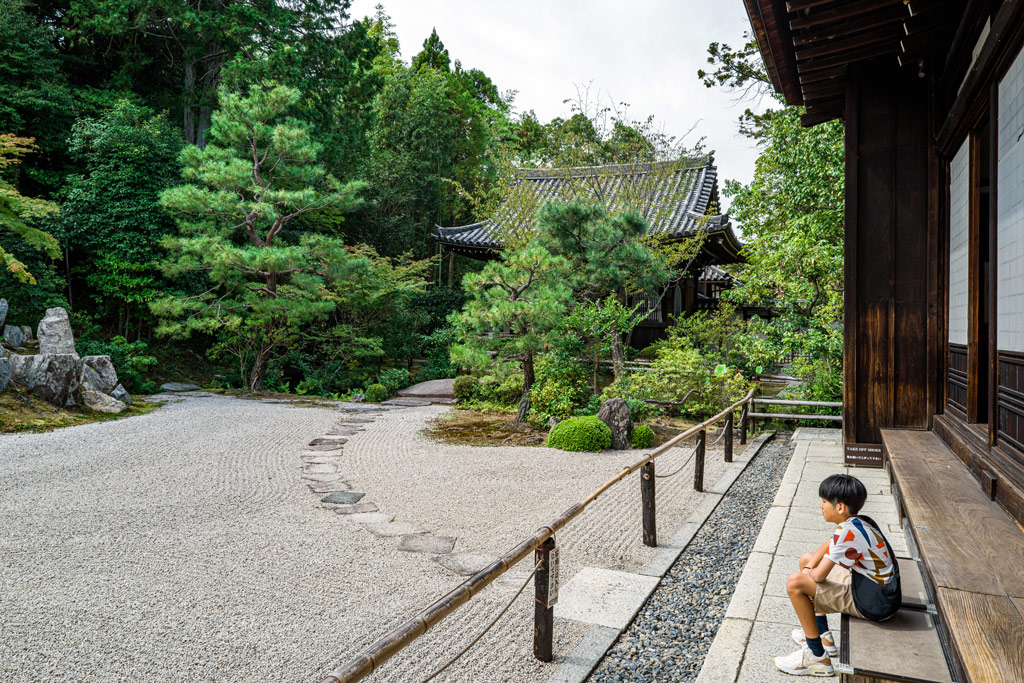
Geoff was keen not to disturb the shy young boy as he pondered this stunning Zen temple garden, so the discreet Q3 was perfect Leica Q3, 28mm, 1/125sec at f/8, ISO 160. Image: Geoff Harris
As a keen travel and portrait photographer, Geoff says the street scenes, amazing temples and historical sites of Osaka and Kyoto provided tons of opportunities. ‘In Kyoto, you’re spoilt for choice when it comes to temples and culture – as well as Zen rock gardens, the Gion district is famous for geisha – while Osaka is a much bigger city, with a vibrant street and food scene. I shot entirely handheld as the Leica Q3 has excellent optical image stabilisation, as well as an impressive high ISO performance. I also like to stay discreet; the Q3 is relatively compact, while the 28mm lens is quite “short” on the body, so you can use it in an unobtrusive way. So, it is ideal for street work, while the super-sharp, stabilised lens and intuitive controls mean you can also react quickly to any photo ops.’

The sharp 28mm lens is great for soaking up more of the scene, as seen with these Kyudo practitioners Leica Q3, 28mm, 1/500sec at f/5, ISO 500. Image: Geoff Harris
Geoff doesn’t use many accessories when shooting street and travel photography, except for a handy wrist strap. He typically uses aperture and shutter speed control creatively to achieve specific effects, but he’s not doing things like manipulating exposure time with strong ND filters, for instance. ‘Using a tripod would definitely attract too much attention, and some temples I visited had strict regulations about what you can and can’t shoot, so handheld was the way to go.’
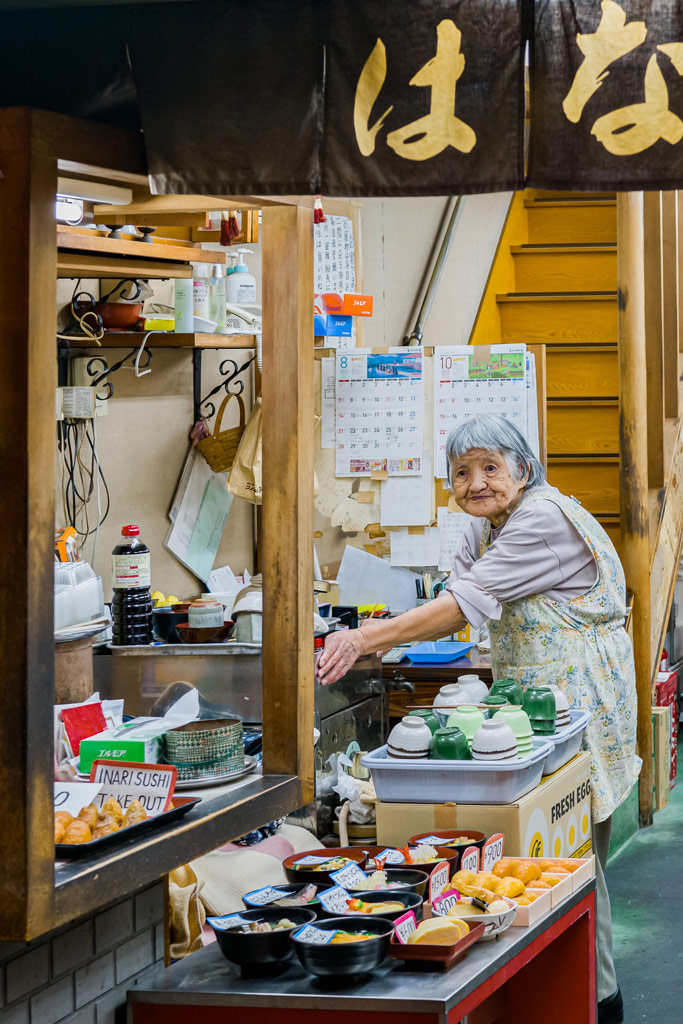
Geoff is quite conversative with ISO, but reckons the Q3 performs well throughout the sensitivity rangeLeica Q3, 28mm, 1/250sec at f/3.2, ISO 1250. Image: Geoff Harris
The Leica Q3 is a great performer when it comes to high ISO performance, and for street and travel photography, grain/luminance noise can provide a grittiness that adds to the overall aesthetic of the images – while colour/chroma noise can be reduced in post-production. Geoff is also an advocate for experimentation and trying new things, so pushing the boundaries of his camera settings and breaking out of his technical comfort zone are part of the process.
When it comes to shooting, he prefers to shoot in manual mode using Auto ISO with the upper limit set to around ISO 6400; this helps maintain the correct exposure in changing light conditions as he moves around new sights and neighbourhoods. Geoff also typically shoots using single-point AF, but he also gets good results using the Q3’s Intelligent AF, which is a hybrid Single and Continuous Autofocus.
Features such as the Q3’s Intelligent AF can ultimately increase your hit rate and allow you to move seamlessly between capturing static and moving subjects, firmly in the knowledge that the feature has your back, so to speak. Some photographers may consider this a form of cheating but in reality, it’s a feature that simply removes the requirement to press buttons or flick switches that could cause you to miss a shot. Instead, it allows you to concentrate on the subject.
Just like the Fujifilm X100V and Ricoh GR III cameras used by the other two photographers, the Leica Q3 features a fixed lens, which for this camera is a Summilux 28mm f/1.7 ASPH with a minimum focusing distance of 17cm. A 28mm lens is quite wide, even for street and travel photography, requiring the photographer to be bold and get themselves into the thick of the action unfolding in front of their lens. For some, this would be a daunting prospect but for Geoff, it was a source of freedom and creativity.
‘The lens is lovely. I don’t like being weighed down with a bag of lenses, so I found the “restriction” of a 28mm lens to be quite liberating. It made me think more carefully about composition and move closer to the subject if necessary. As Robert Capa said, ‘If your photos aren’t good enough, you’re not close enough.’
Being a keen Lightroom user, Geoff prefers to shoot in raw because of the latitude it provides for making adjustments. ‘The DNG files are large and beautifully detailed.’
While Geoff is generally very positive about the Leica Q3, it’s not all roses. ‘Some elements of the camera design are frankly baffling, to put it politely. The fiddly little switch on the focus ring is easily knocked from AF to MF and it took me a while to figure out what was going on. It’s not even labelled.
Also the pull-out diopter is just horrible, again fiddly and awkward to use. Leica needs to sort these two niggles out on such an expensive camera.’

The Leica Q3 also has an integrated macro mode, a useful extra when it comes to close-ups
Leica Q3, 28mm, 1/125sec at f/5.6, ISO 125. Image: Geoff Harris
Geoff’s top tips for premium compacts
Focus on the positives, rather than the restrictions, of a fixed lens. Yes, you might not be able to get long-distance shots, but a shorter focal length can get you working harder when it comes to subject choice and composition, and avoid overshooting.
Try to keep your compact with you at all times, as it shouldn’t weigh you down too much. I find wrist straps useful for street work, rather than hanging the camera around your neck. You feel less self-conscious, but just don’t leave your Leica in a bar or eatery!
Don’t be too conservative, and do try new things – it’s worth experimenting with new AF modes, for instance, or pushing the ISO higher if necessary.
Don’t be shy, if you need to get closer to your subject to get a shot. People are usually okay to be photographed if you ask them (or gesture) politely, and if they refuse, don’t take it personally. Offering to send people the shots can help, so it’s useful to have a business card with your contact details.
Shoot raw + JPEG: JPEG performance has gotten a lot better, and the quality of the Q3’s JPEGs was impressive. I still prefer to shoot in raw, however, particularly if your premium compact has a smaller sensor. I find that it still gives me more latitude at the editing stage. With storage quite cheap, shooting both JPEG and raw makes sense if you need to share travel images quickly.
Fujifilm X100 V – James Abbott
James Abbott is a photographer and photography journalist mainly shooting the diverse landscapes and expansive coastline the UK has to offer, but he also enjoys shooting a much wider range of subjects in his personal work. www.jamesaphoto.co.uk
When James Abbott wanted a ‘take-everywhere’ camera that was small, lightweight, and fully featured in terms of the controls available, the Fujifilm X100V was the logical choice since he has owned several Fujifilm cameras in the past. As a take-everywhere camera, one that’s compact enough to be carried in a small Billingham bag, protected in a wrap or slotted into James’ main camera bag alongside his Sony A-series cameras, the aim of the X100V is for shooting all subjects that catch his eye.
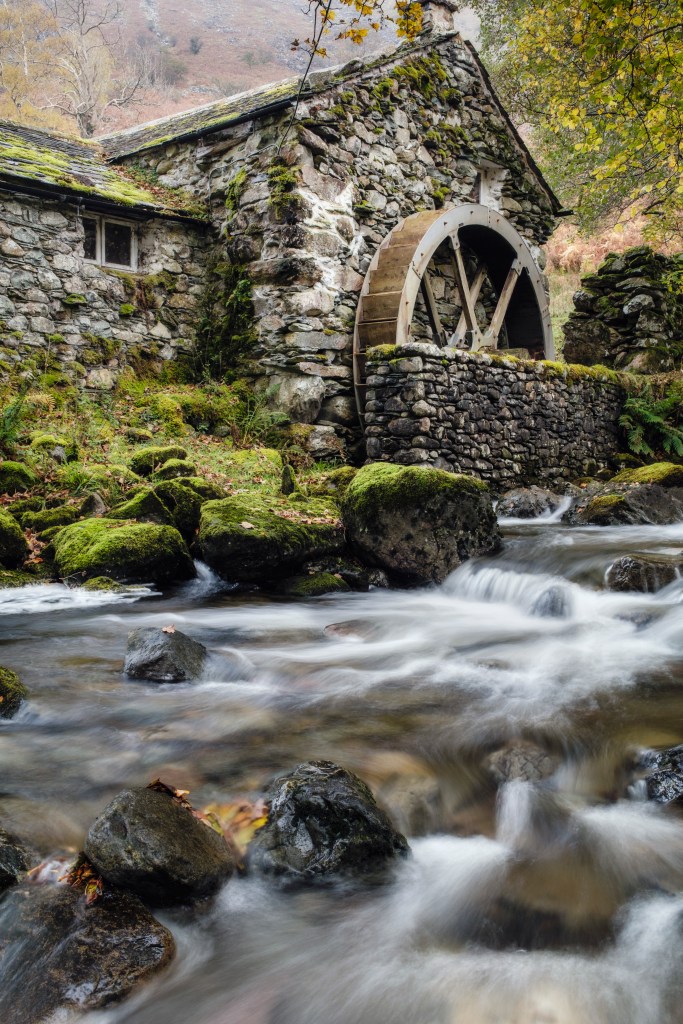
The secret watermill in Borrowdale in the Lake District shot on a FujiFilm X100V with a NiSi Filters polarising filter. Image: James Abbott
James primarily shoots landscapes, but uses his X100V to also shoot portraits, street, cityscapes, architecture and also banal photography of the everyday; he wanted a versatile camera and says, ‘I chose this camera because I enjoy using the tactile controls and the image quality is great. The 35mm equivalent lens, for me, sits firmly between wideangle and the 50mm standard, so while it’s not perfect for one thing in particular, it still manages to cover a wide range of subjects incredibly well.’ He adds, ‘So whether I’m shooting a landscape, cityscape, portrait or anything else, I can usually achieve the desired composition by physically moving closer to or further away from the subject; I still have to remain open to compromise, but that’s a huge part of the fun of using a camera like this.’
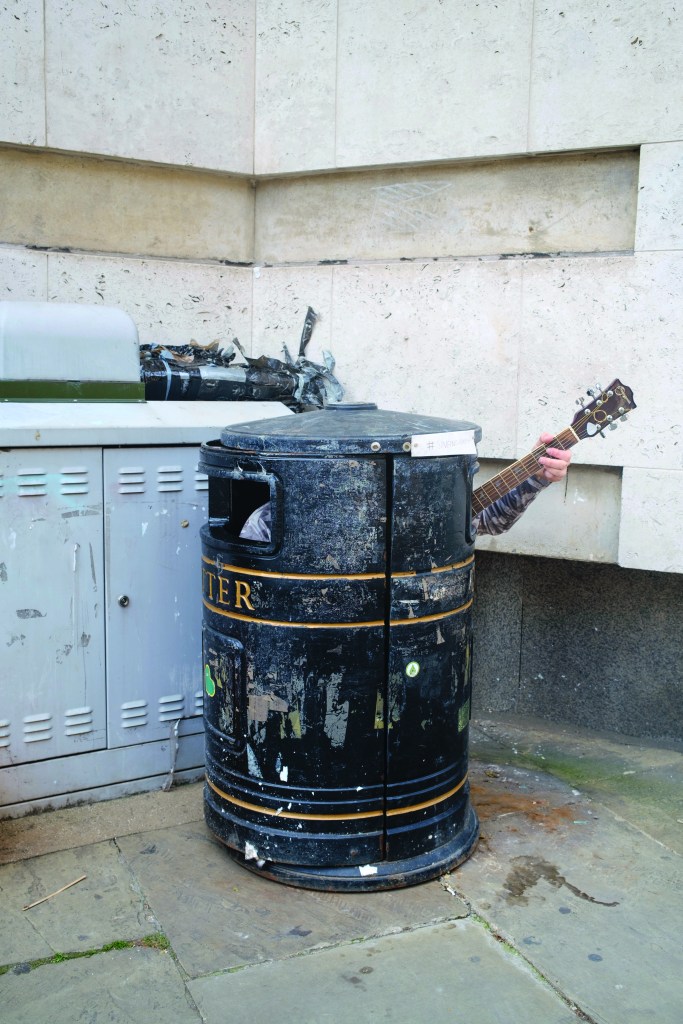
The singing binman in Cambridge Fujifilm X100V, 23mm, 1/210sec at f/4, ISO 160. Image: James Abbott
For James, shooting with a fixed focal length is a challenge he enjoys and one that he has had to work with in the past while studying photography at university, and being limited to just an 80mm f/4 lens on his Mamiya 7II. Although he could buy the X100 series adapter lenses that provide 28mm and 50mm equivalent focal lengths, he feels that these would compromise the portability factor of the X100V and ultimately make him lazy because he could simply change focal length when he ‘needed’ to.
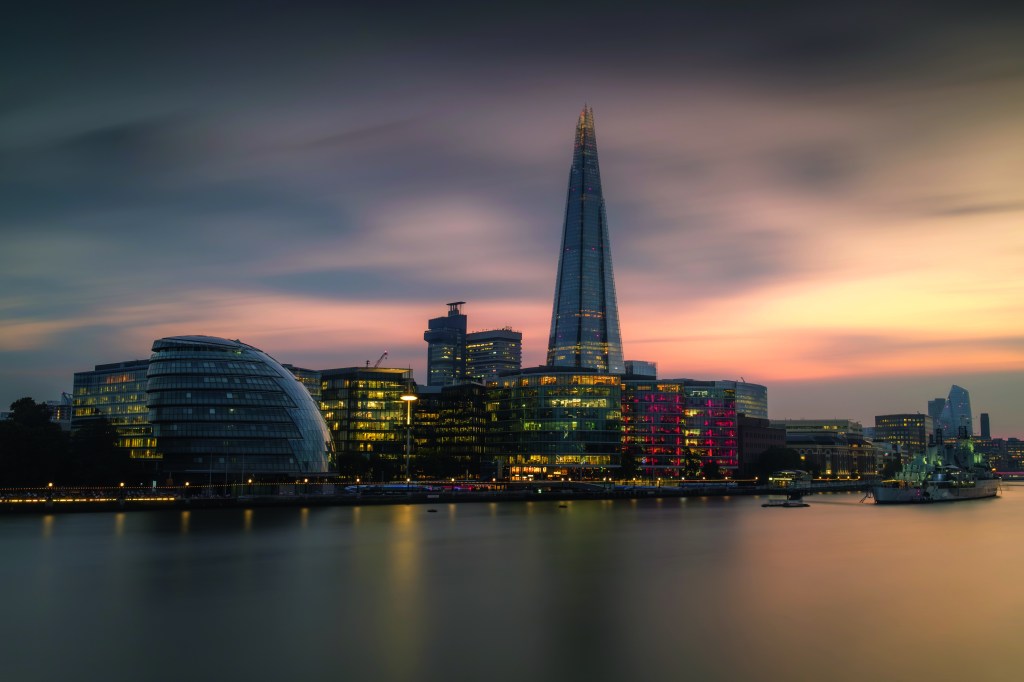
Ultra-long exposure from Tower Bridge at sunset using a 10-stop ND filter and a graduated ND Fujifilm X100V, 23mm, 240 sec at f/11, ISO 160, Image: James Abbott
In the absence of interchangeable lenses, James relies on accessories to enhance his photography of anything and everything. For portraits and shots of banality, he typically only has his NiSi UV filter attached to the lens to fully weather-seal the camera and, of course, to protect the front element. But when shooting landscapes or cityscapes with the X100V, he uses NiSi square filters designed specifically for the camera and his kit includes a couple of ND grads, a polariser, a 3-stop ND and a 10-stop ND. He also uses an L-bracket to add more grip to the camera alongside the ability to tripod-mount in portrait format, plus a few other general accessories.
‘The beauty of the X100V and the accessories I use is that they provide what I would call a complete set-up that would require at least a medium-sized backpack for my Sony A-series cameras, but this can all be accommodated in a tiny shoulder bag. This means that the largest and heaviest item I sometimes carry is my small and lightweight carbon-fibre travel tripod. I appreciate that I can’t shoot telephoto or extreme wideangle, but this highly portable set-up is incredibly liberating. Even if I don’t shoot anything at all when out and about, carrying this complete kit is no burden at all.’
Looking at James’s images that cover a wide range of subjects and, indeed, photographic styles, it’s not immediately obvious that he used a compact camera to capture them. These cameras typically feature APS-C, or in some cases a full-frame sensor alongside a full range of controls, so they’re almost as versatile as an interchangeable-lens camera. And by using professional-quality filters when shooting landscapes and cityscapes, he can take full control over exposure which can be further enhanced by the X100V’s in-built 4-stop ND.
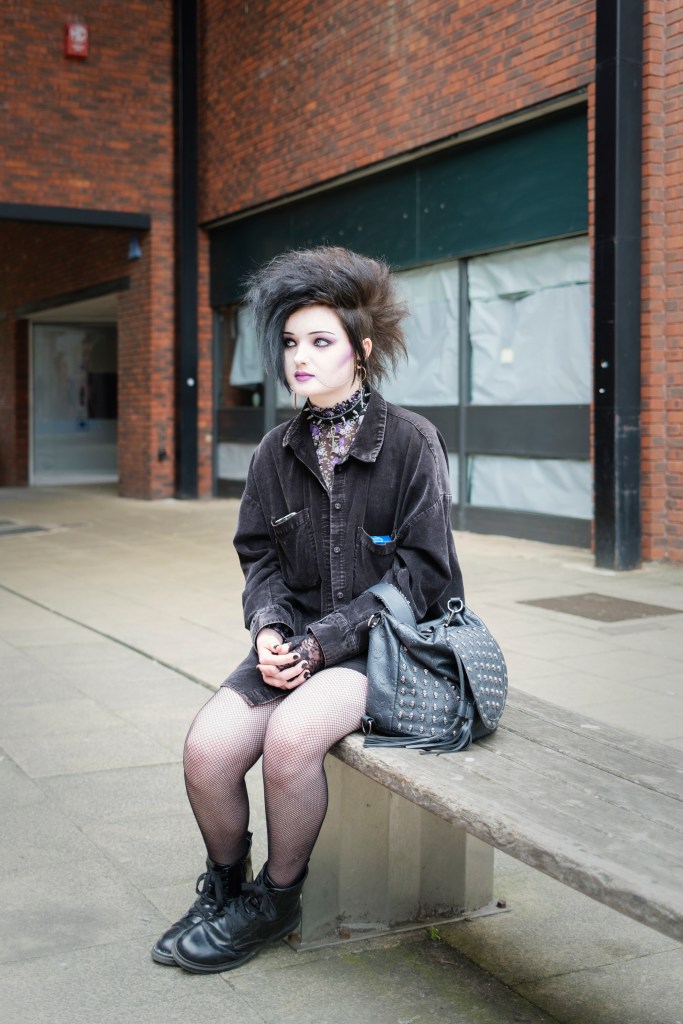
Street portrait shot on the Fujifilm X100V. Image: James Abbott
For portraiture, he typically shoots with the aperture set to the maximum f/2.0 to minimise depth of field and to help isolate the subject. In brighter conditions, this can result in the shutter speed needing to be faster than the camera is capable of, and in this situation the X100V’s built-in ND filter becomes invaluable. All it takes is a flick of a switch and the ND filter is engaged. He does sometimes use the tiny built-in flash for fill light, and the leaf shutter means that the flash can be synced at any shutter speed, which can open up huge creative potential.
‘For me, the X100V provides everything I need to capture virtually any subject. I always shoot in raw, and the ability to apply Fujifilm Film Simulations in Adobe Lightroom means that I can still take advantage of one of the Fujifilm camera’s most unique and popular features. Most of my images have the PROVIA/Std v2 profile applied because I used to shoot with Provia 100F 120 transparency film and like the colour balance, but
I always try the other Film Simulations and apply whatever looks best for a specific shot,’ he concludes.
James’s top tips for premium compacts
Choose the right camera: choose the right prestige compact that works for you in terms of size, weight and features – don’t simply choose one for brand loyalty or because it looks nice. Great design is always a bonus, but cameras are tools that should work for you, not against you.
Buy second-hand: Prestige compacts can be expensive, and in some cases can be difficult to get hold of owing to demand. So, if you encounter either of these problems, consider picking up a second-hand model that’s possibly even the previous generation and available at a bargain price.
Embrace the limitations: that a fixed focal length brings and use them as a catalyst for creativity. Technical limitations ultimately force you to think differently and to find ever more creative solutions to achieve your desired results.
Accessories: There are plenty of accessories available for these types of cameras, even miniature square filters. Take advantage of accessories to enhance
both your shooting experience and the images that you can create.
Editing: remains as important as ever, and while shooting JPEGs works for many people, capturing in raw provides the greatest amount of flexibility. Not to mention improved image quality in many cases.
Read our full Fujifilm X100V review
Related Reading:
- Leica Q2 Monochrom Review
- Ricoh GR IIIx: limited ‘Urban Edition’ camera unveiled
- Can’t find the Fujifilm X100V? Here are 7 retro styled cameras
Follow AP on Facebook, Twitter, Instagram, YouTube and TikTok.

